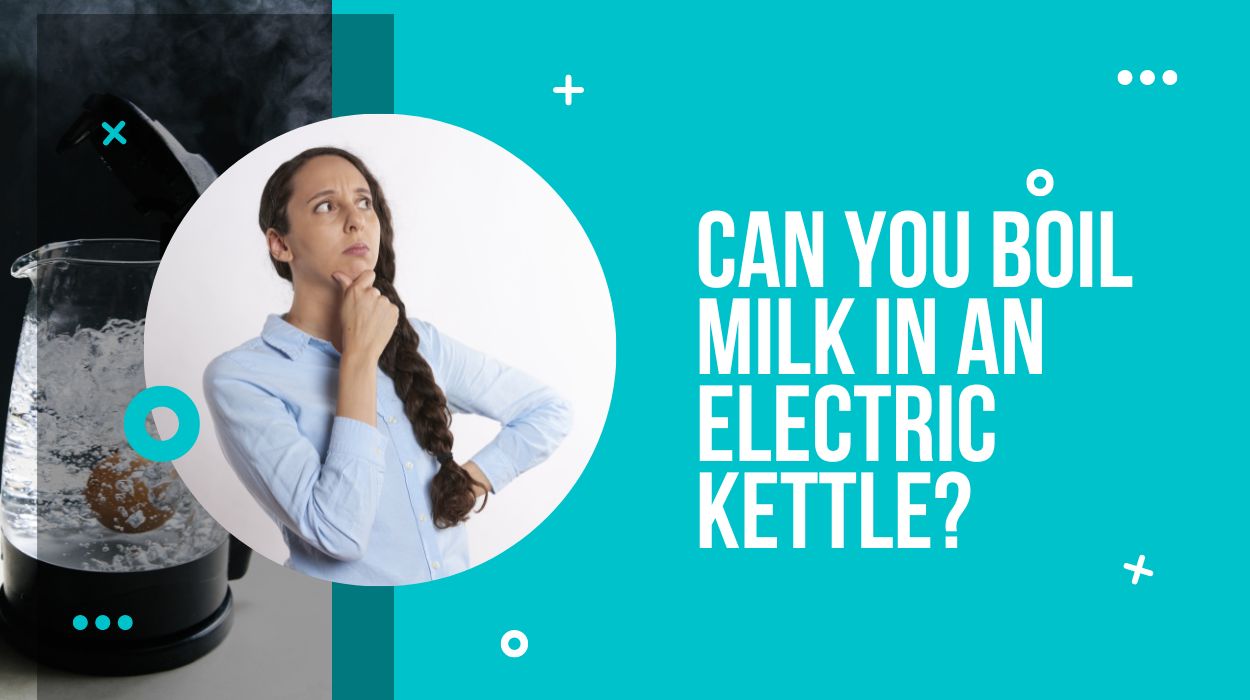Electric kettles have added extreme convenience to the users’ lives as they can boil water quickly without any hassles. However, many are concerned if the electric kettles are also suitable for boiling milk.
Electric kettles are mainly suitable for boiling water; however, with the utmost care, you can also boil milk in them.
We have covered all the essential information that you may need to be sure if you can boil milk in your electric kettle and how.
Can You Boil Milk In A Kettle?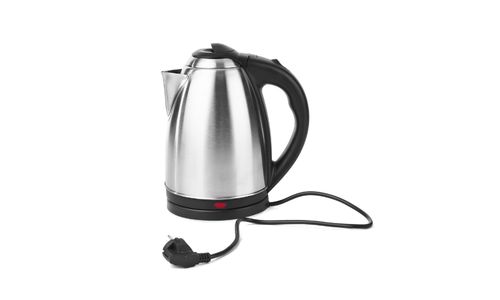
Ideally, the electric kettles are meant to boil water only and are not suitable for boiling milk. You can simply boil or heat water in the electric kettle with just one button; however, it should be used with the utmost urgency for boiling milk.
It is highly recommended to use multipurpose electric kettles if you too frequently use them for boiling milk. To use the electric kettle for boiling milk, simply empty the kettle to ensure that there is no water in it. You should be careful to ensure that the electric kettle is dry from its internal side as well to avoid any problems.
You should be extra attentive while using the electric kettle for boiling milk, as the milk shouldn’t be brought to a boil. The kettle should be switched off as soon as the milk is about to boil. One of the best things about using an electric kettle for boiling milk is that the milk becomes extra creamy.
It also depends on the type of metal used in the electric kettle. If you want to boil milk in the kettle, it is suggested to use a stainless steel electric kettle as it takes longer to boil milk and maintain it at a constant temperature without reacting with the metal. On the other hand, aluminum kettles get very hot quickly and, as a result, are more prone to accidents.
Problems while using an electric kettle for boiling milk –
As already mentioned, electric kettles are not ideal for boiling milk. Here are some of the possible problems you can face while boiling milk in an electric kettle:
1. Milk can spill over the kettle:
However milk contains water, but unlike water has its unique properties. When water is boiled, it simply evaporates, but milk does not evaporate on boiling resulting in a lot of mess.
Milk is a mixture of fat, protein, and water. Thus, when milk is boiled, the fat and protein separate from the water and form a layer, preventing evaporation. That is why milk comes to a boil rather than evaporating, just like water.
Also, when the milk overflows from the kettle, it increases the chances of short circuit or ruining the kettle.
2. Milk can get burned:
Kettles automatically switch off as soon as the steam reaches its top through the tube, which expands the bimetallic plate and trips the switch. However, because of the fat and protein layer on top, there is very less steam when the milk is boiling.
As a result, no steam reaches the kettle top to automatically switch it off. Thus, the kettle keeps boiling the milk continuously until all the water has evaporated. As soon as the water is evaporated, the remaining fat and protein burn inside, ruining the whole milk.
3. Milk leaves residue: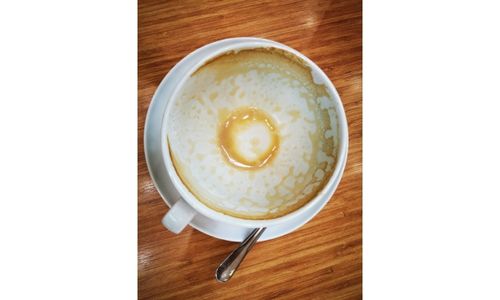
When the milk is boiled in the kettle, the fat and protein tend to stick to the surface. Removing or scrubbing all the sticky traces can be difficult if your electric kettle is not designed for boiling milk.
The residue can also remain trapped in the crannies or nooks of the electric kettle, which ultimately will affect and ruin the normal functioning of the kettle. The residue on heat sensors can also result in the malfunction of the device.
4. Foul Smell: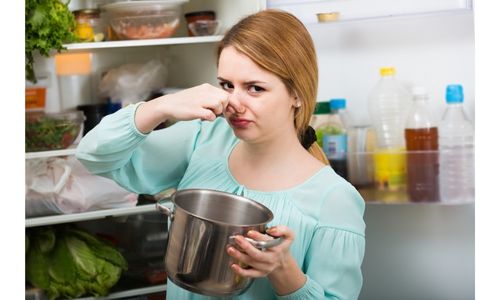
It is not only the residue with which you will struggle but also the foul smell that remains in the kettle after boiling milk. The strong foul, or burned smell will ruin the taste and flavors of the other drinks for which you use the kettle, even the water. Additionally, the lasting foul smell and taste can be disturbing.
Boiling milk in the electric kettle comes with the risk of ruining and damaging its normal functioning. Thus, if you still choose to boil milk in your electric kettle, you should be well aware of these risks, which make the electric kettle, not an ideal choice.
Still, some electric kettle models available in the market are specially designed to boil milk safely. You can buy those kettles to boil milk and water without any problems or risks.
Does Boiling Milk In A Kettle Ruin The Kettle?
Yes, boiling milk in an electric kettle can ruin it mainly because of the residue and foul smell/taste it leaves in the kettle. To better understand it, let us dig deep into the functioning of the electric kettle with and without boiling milk.
How your electric kettle works:
The heat source or heating unit and the thermostat (used for turning off the kettle) are the main components of an electric kettle. The metal coil is generally the heating element concealed at the bottom with a plate.
As an electric current passes through the coil, it heats up, heating the water. Instant kettles use significantly more electricity to pull high currents producing more heat for boiling water within 1-2 minutes.
As the water boils, it produces steam which is then transported to the thermostat through a tube to cut off the current. This automatically switches off the kettle.
How is the milk boiling process: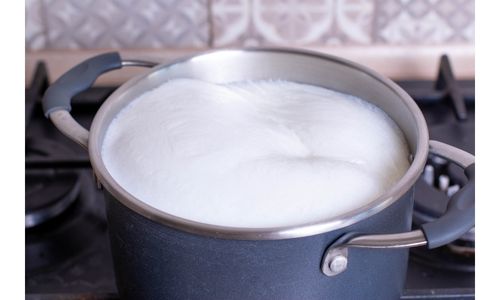
Milk is made with protein, fat, and water, and it doesn’t produce much steam on boiling as the protein and fat layer comes on top of the water. The lesser stream isn’t enough to trigger the thermostat to automatically shut the electric kettle. As a result, the milk continues to boil, turning into char, coating the heating element because of the extreme heat.
As the heating element heats really quickly, the burned milk behaves as insulation to further heat it up. Thus, this complicated situation can affect the electric kettle’s normal functioning and damage its parts.
If your electric kettle isn’t equipped with overheating protection, the whole situation can even cause a fire. Overheat protection is a must, especially if you buy an electric kettle for boiling milk.
How To Boil Milk In A Kettle?
Boiling milk in the electric kettle generally results in burned and difficult-to-clean kettle unless you follow a certain way of doing it. Below are some steps which should be followed to boil the milk in the electric kettle without facing many difficulties –
- Thoroughly clean the electric kettle to ensure it contains no water inside-out.
- After cleaning the kettle, pour the required milk into the kettle for boiling. Always remember to keep the lid open.
- Plugin the electric kettle and start it on.
Tip – keep a close check on the process of boiling milk as it can go wrong anytime and, thus, can ruin the electric kettle.
- Start stirring the milk evenly with a tablespoon as soon as it gets heated.
- If you sense the overflowing of the milk at any stage, it is advised to add 2-3 tablespoons of cold water to it. This shall do the trick and prevent the overflowing of milk.
- This entire process of boiling milk should take around 30-seconds. Once it completes, you can transfer the hot milk into your cup and enjoy it.
How do you boil milk in an electric kettle without burning it?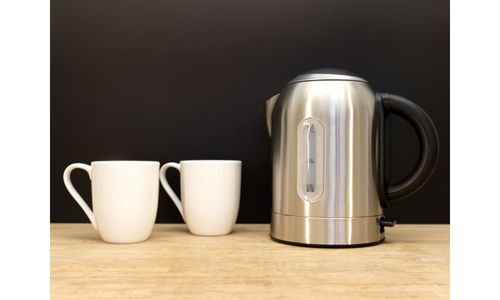
You can use the method mentioned above to boil milk in the electric kettle; however, there is a continuous risk of burning it or damaging the kettle. Would you be interested in knowing an alternate method of boiling milk in an electric kettle without burning it?
Below are some of the steps you should follow –
- Take a steel container with a lid and pour the milk into it.
- Take some water in your electric kettle and place the well-covered steel container in it.
- Plugin the electric kettle to heat it. Ensure that the steel container is covered with the lid as the kettle starts getting heated up.
- Let it get heated for about 10-15 minutes.
- After 15-minutes, turn off the electric kettle and carefully remove the steel container.
- Finally, transfer the milk from the steel container to your cup and enjoy it.
Here, in this process, as the milk is not directly poured into the electric kettle, it doesn’t create the residue that can ruin it. As a result, you can boil the milk without damaging your electric kettle.
Important tips while using an electric kettle for boiling milk –
It is quite obvious that an electric kettle is not the first choice for boiling milk. But, still, if you have to use it for boiling milk, here are some tips that you can use:
1. Keep the lid always open:
Closing the lid may save some of your time but increases the chances of a mess as the milk can easily spill over. Thus, keeping the lid open when boiling milk in the electric kettle is suggested.
2. Turn off the kettle as the milk starts rising:
When the lid is open, you can keep a closer eye on the entire process of boiling milk. As soon as the milk rises, turn off the kettle to avoid creating any mess.
3. Avoid boiling at the highest temperature:
When using the electric kettle to boil milk, avoid keeping it at the highest temperature, as it can suddenly increase the temperature and cause a mess.
4. Don’t fill the kettle:
When boiling milk in an electric kettle, avoid completely filling the kettle. Always keep the kettle half or less to give enough space for the milk to rise.
Do You Need To Clean The Kettle After Boiling Milk In It?
Yes, you should immediately clean the electric kettle after boiling it for boiling milk, as it will prevent complications because of the residue and increase its usability. Here are the two most effective ways of thoroughly cleaning the electric kettle:
1. Vinegar solution:
The first method is by using water and vinegar solution. Here are the steps to follow –
- Mix equal portions of white vinegar and water and fill the half-electric kettle with this solution.
- Let the solution get to a boil. After that, you can unplug the kettle and allow the solution to still remain in the kettle for another 20-minute.
Tip – if the residue is strong, increase the vinegar concentration and let the solution boil for a long.
- Pour out the solution after 20-minutes. If the residues are light, they will come out simply by rinsing with normal water.
On the other hand, if the residues are hard, you can take the help of a non-metallic sponge or soft cloth. It is suggested to avoid scrubbing the heating element.
- Thoroughly rinse the kettle with normal water and then clean it with a dry cloth. Repeat the same steps unless the soul’s taste and smell are gone.
2. Using kettle cleaners:
You can also use the kettle cleaners available in gel, liquid, or powder forms to quickly clean the kettle.
- Add the kettle cleaner solution to the water and let it heat up for about 5-10 minutes.
- You can use a scrub for the kettle if the residues are hard.
- After that, rinse the electric kettle with normal water. You can repeat the process if necessary.
- Lastly, fill the half-electric kettle with white vinegar and boil it for some time. Allow it to remain in the kettle for some time to remove all the foul smell and taste.
- Rinse the electric kettle properly.
Multipurpose electric kettle uses –
The multipurpose electric kettles are not just limited to boiling water or milk. They offer a wide variety of uses, some of which are listed below:
- A multipurpose electric kettle can also make rice, noodles, soups, etc.
- It can also be trusted for making sweet corn pasta, vegetable salad, mashed potatoes, etc.
- Some people also use the multipurpose electric kettle for boiling eggs.
- You can also use the multipurpose electric kettle for making instant tea and coffee.
- The multipurpose electric kettle is also suitable for cooking ready-to-eat meals.
Besides all its excellent uses, the multipurpose electric kettle is quite convenient to use, clean, and maintain. Since the multipurpose electric kettle is designed to support all these uses, it is less likely to have a hard time with its use and cleaning.
FAQ:
1. How hot do electric kettles get?
The specific heat of the electric kettle element is around 226.85-degree Celsius at the maximum, which is much higher than the boiling point of water. The water in the kettle boils at a higher temperature than 100 degrees because of the impurities present in the water.
2. How long do electric kettles last?
The average lifespan of the electric kettle is about 4-5 years. The lifespan of the kettle largely depends on its brand, quality, and frequency of use. Moreover, if you use the electric kettle with utmost care and maintenance, it helps in increasing its lifespan.
3. Can you boil milk in a stovetop kettle?
Yes, a stovetop kettle can boil milk with utmost care and attention. Even while using the stovetop kettle, you should be extra careful as the milk can boil quickly and then spill out of the kettle resulting in a mess.
Conclusion:
Using an electric kettle to boil milk can be tricky; thus, it should be done with extreme care to avoid damage. Our informative guide has tried to share as much information as possible to help you safely boil milk in an electric kettle without any hassles.
If you still have concerning thoughts about boiling milk in an electric kettle, let us know in the comment section.
